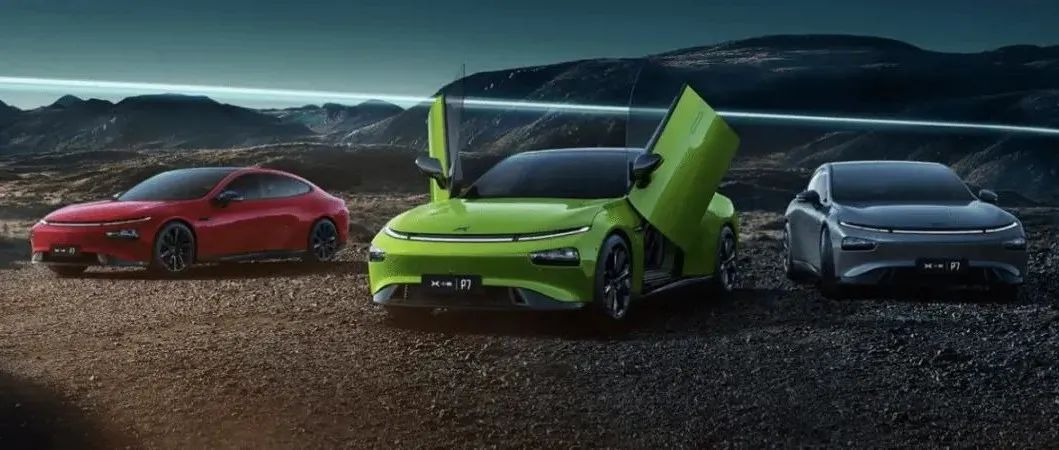Author: Wang Yunpeng
On December 1st, several new energy vehicle companies announced their sales results for November. From the data, as the top new energy vehicle companies, NIO, XPeng Motors, and Li Auto continue to maintain high delivery volumes, with year-on-year growth of 190.2%, 270%, and 105.6% respectively. Among them, XPeng Motors ranked first with a delivery volume of 15,613, creating a trend of stabilizing the new pattern of “Xiaoli NIO”.
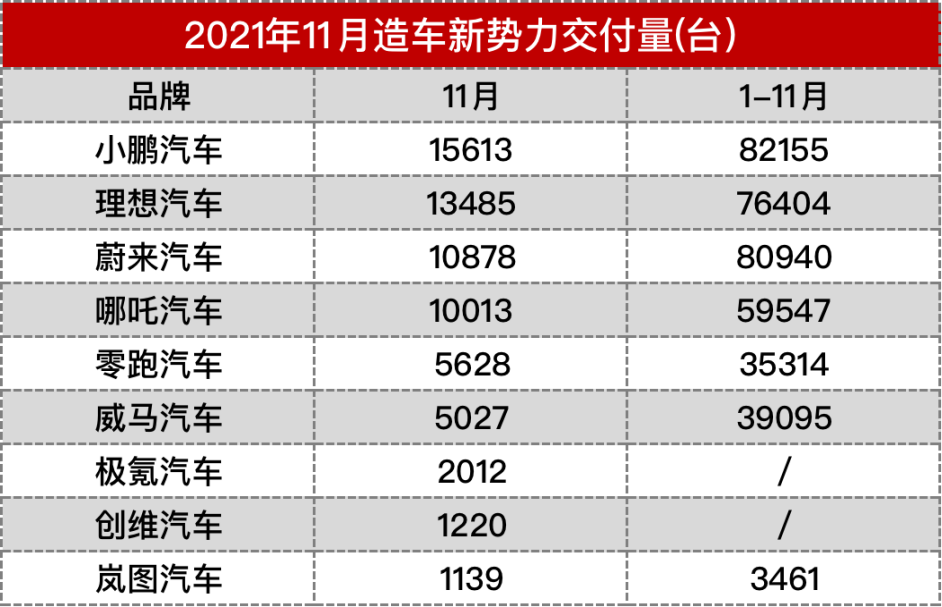
As for second-tier new energy vehicle companies, some brands had impressive performances in November. NETA Automobile broke into the “Ten Thousand Vehicles Club”, followed by LI and WM Motors, which also achieved their respective breakthroughs.
In the author’s opinion, it is not easy for new energy vehicle companies to achieve such impressive results due to factors such as the shortage of automotive chips and power restrictions in various regions.
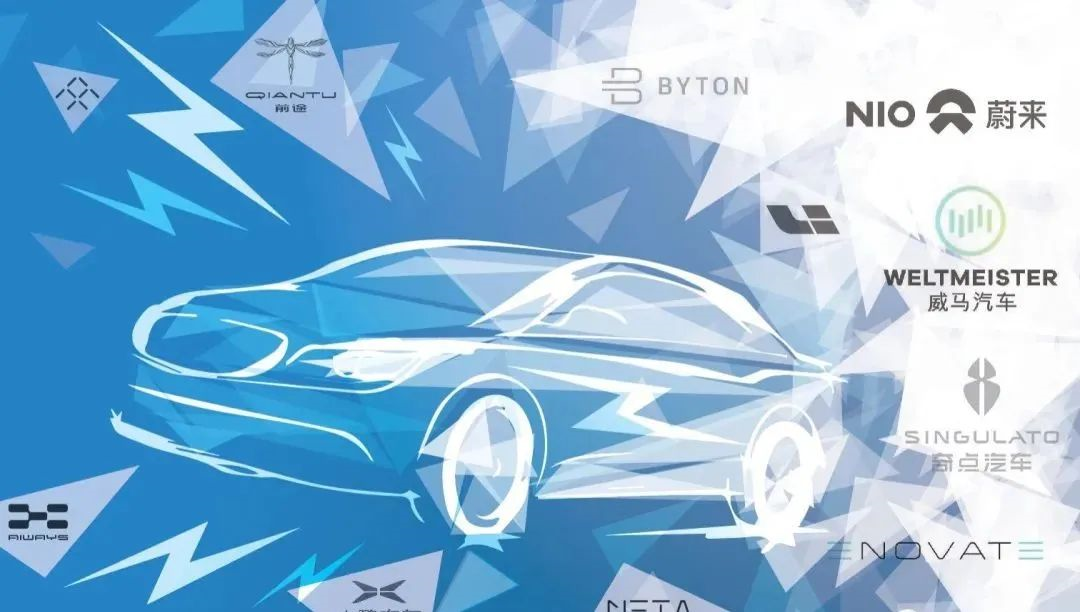
At the same time, some industry analysts believe that new energy vehicles are in the stage of smartphones in 2011 and 2012, and still have great potential for development. Especially before the Spring Festival, the traditional peak season for car sales, the high prosperity of new energy vehicles is expected to continue, and most of the new energy vehicle companies will use high computing power chips and lidars on their models next year. Apart from the comparison of delivery volumes, the driving assistance experience will also become a key factor in verifying the strength of car companies.
Several Vehicle Companies Deliver More than Ten Thousand Vehicles
From the published data, four new energy vehicle companies delivered more than ten thousand vehicles in November, respectively, XPeng Motors 15,613, Li Auto 13,485, NIO 10,878, and NETA Automobile 10,013. Compared with the performance of new energy vehicle companies in October, only XPeng Motors had a delivery volume of more than ten thousand, with 10,138.
Specifically, XPeng Motors delivered 15,613 vehicles in November, an increase of 54% compared to the previous month and 270% year-on-year, not only achieving more than ten thousand vehicles for three consecutive months, continuing to maintain its position as the top new energy vehicle company for monthly sales, but also breaking its own record for single-month delivery since its first delivery.
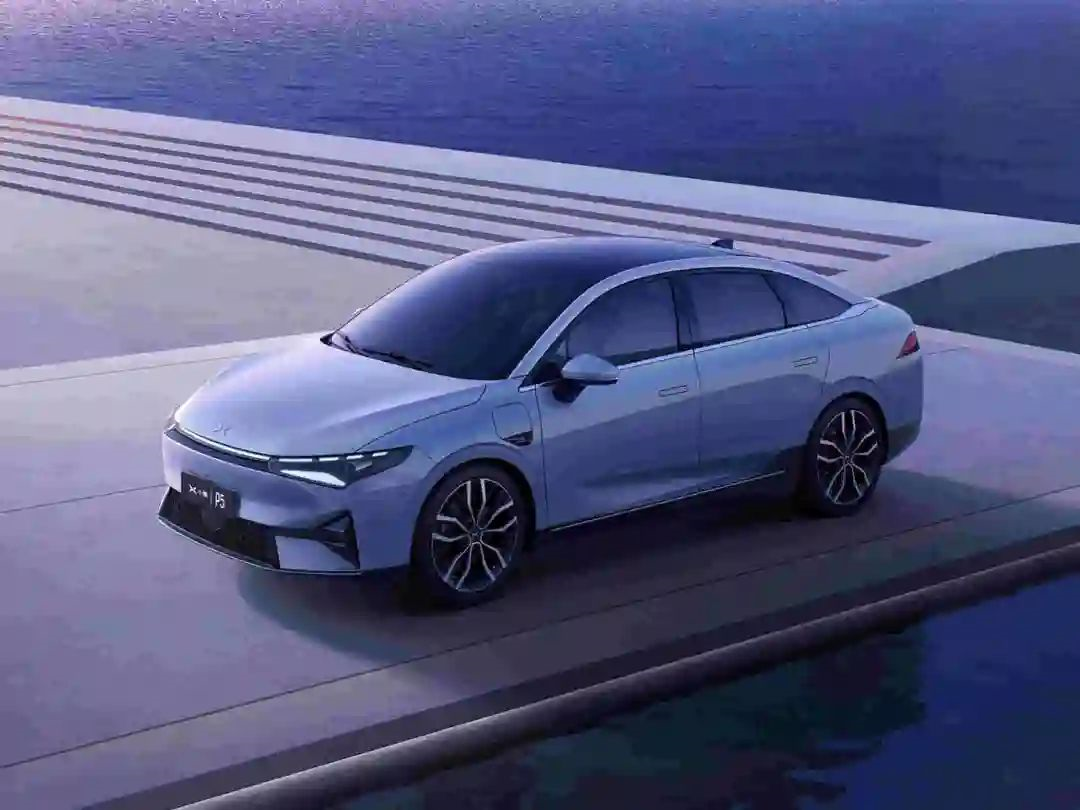
In terms of specific model performance, the XPeng P7 is still the main model, with 7,839 deliveries in November, up 30% month-on-month; the G3 series reached 5,620, an increase of 54% compared to the previous month; and the newly launched P5 had a delivery volume of 2,154. From the performance of these three models, XPeng Motors has initially formed a certain product matrix effect.Following XPeng Motors is Li Auto, whose delivery volume in November was 13,485 units, a year-on-year increase of 190.2%. It is worth noting that this is also the first time Li Auto’s monthly delivery volume has exceeded 10,000 units with only one model, unlike XPeng and NIO. It is indeed a milestone achievement for Li Auto to achieve a monthly delivery of over 10,000 units for a single model.
“Currently, the factory’s production capacity can basically meet the demand of 14,000 units per month, and the main challenge is still the impact of chips. If the chip shortage problem can be alleviated, it is expected that the factory’s production capacity will climb to 15,000 units per month after next year’s Spring Festival,” said Li Auto’s co-founder and CEO Li Xiang.
NIO, after experiencing a downturn in October, once again exceeded 10,000 units in November with a delivery volume of 10,878 units, a year-on-year increase of 105.6% and a month-on-month increase of 196.65%, setting a new monthly delivery record. In terms of specific sales, the ES8 sold 2,683 units, the ES6 sold 4,713 units, and the EC6 sold 3,482 units. It is worth noting that although the monthly sales are ranked behind XPeng and Li Auto, as of November this year, NIO’s cumulative delivery volume has reached 156,581 units, still the highest among new car-makers.
At the same time, there are reports that NIO’s first sedan, the ET7, has entered limited pre-production and has been offline, and it may be officially put into mass production and delivery in the first half of next year, bringing more delivery space to NIO.
Outside of XPeng, Li Auto, and NIO, NIO ranks second in the new force camp, and the performance of NIO NIO NIO NIO NIO NIO NIO NIO NIO NIO NIO NIO NIO NIO NIO NIO NIO NIO NIO The fact is that since entering this year, NIO has been a dark horse in terms of both sales and growth rate among new car-makers. Data shows that from January to November this year, NIO’s cumulative delivery volume was 59,547 units, a year-on-year increase of 393%, and since the start of sales in November 2018, the cumulative production and sales have exceeded 80,000 units.
However, the impressive market performance has also raised questions from the outside world: “Whether NIO’s products are mainly sold to the B-end market?” In response, NIO CEO William Li said, “It is not right to say that if you rarely see our cars on the roads in your city, it means we sell less or we all sell to the B-end market. NIO’s main target market is still primarily C-end private users.”Except for the four new forces that have delivered over 10,000 units per month, in November, ZERO RUN and WM Motor also set new delivery records, with 5027 and 5628 units respectively, a year-on-year growth of 236%.
Mainstreaming of new forces is accelerating
Can the booming new vehicle manufacturers continuously maintain strong growth in the future? The answer depends on the pace of new energy vehicle models taking market share away from traditional fuel vehicles.
Let’s put aside the incomplete data for November for now. Public data shows that in October, the retail volume of domestic passenger vehicle market was 1.717 million, a year-on-year decline of 13.9%. In contrast, the retail sales volume of new energy passenger vehicles was 321,000, a year-on-year increase of 141.1%. In other words, compared to traditional fuel vehicles, new energy vehicles have huge growth potential.
In fact, the trend of traditional fuel vehicles and new energy vehicles “advancing while the other retreats” is not a recent phenomenon. From the data released by the China Passenger Car Association, the sales volume of new energy vehicles has been on the rise over the past year, while the sales volume of traditional fuel vehicles has been declining.
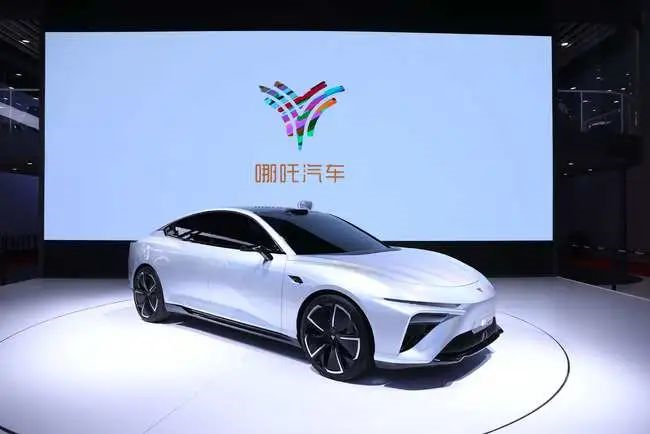
It is worth mentioning that the soaring sales volume of new energy vehicles cannot be achieved without the contribution of China’s new vehicle manufacturers. This point is best demonstrated by the market penetration rate of new energy vehicles. According to the data, the new energy vehicle penetration rate among domestic independent brands was 36% in October, while that of mainstream joint venture brands was only 3.4%.
If we compare the sales data of new energy vehicle models of traditional automakers with those of new vehicle manufacturers, the above point will be even more intuitive. For example, the popular new energy vehicle model of the joint venture, Volkswagen ID.4X, sold only 4195 units in October, which was less than that of WM Motor, the second-tier new vehicle manufacturer.
Regarding the expectations for the future of new vehicle manufacturers, the electric vehicle research report released by CITIC Securities stated that it is estimated that the sales volume of NIO/Li Auto/Xpeng will reach 162/147/200,000 units in 2022 respectively. In the short term, the prosperity of new vehicle manufacturers is expected to continue in the peak season of automobile sales. In the medium and long term, at the starting point of the electric and intelligent racing track, it is expected that Chinese new vehicle manufacturers will have advantages in talent attraction, technological accumulation, understanding of and response to local demand.
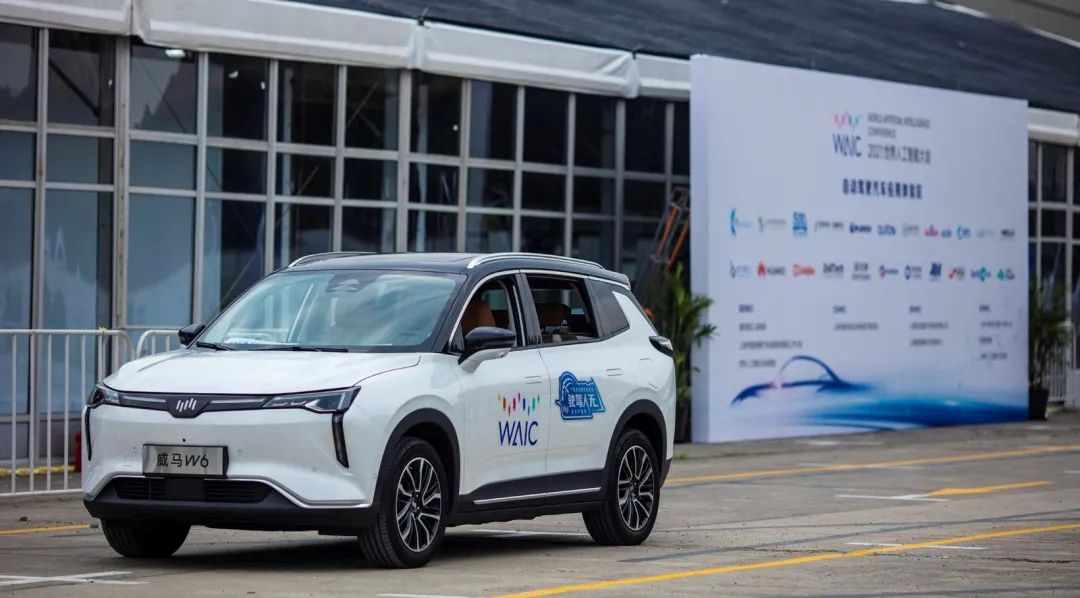
In other words, as the sales volume and penetration rate of new energy vehicles increase, the now trend-setting new vehicle manufacturers are accelerating their entry into the traditional fuel vehicle market and mainstreaming, which is the overall trend.In addition, the mainstreaming acceleration of new forces in the automobile industry is also reflected in the capital market’s optimism and the increasing investment in research and development by new and emerging automakers. From the third quarter financial reports of XPeng, NIO, and Li Auto, the three companies are still in a loss state, but they are generous in their R&D expenditures, which are CNY 1.264 billion, CNY 890 million, and CNY 1.19 billion respectively. Investment and breakthroughs in R&D also mean that new and emerging automakers will form their own technological barriers and competitiveness in future market competition.
In the capital market, aside from the hotly sought after “Xiaoli We”, many second-tier new automakers are also highly sought after. For instance, on December 1, WM Motor obtained USD 152 million in Series D-2 financing, which followed the successful fundraising of over USD 300 million in Series D-1 at the beginning of October this year.

Conclusion
With the double growth of the sales volume and penetration rate of new energy vehicles in the market, traditional automotive companies are not standing idly by. Currently, many traditional automakers have already put on extra effort to layout electric and plug-in hybrid products, while others have opted to start from scratch and participate in the competition of the new energy vehicle subdivision market, such as Volkswagen’s introduction of the ID. Series, GAC’s establishment of the Aion brand, and Dongfeng’s creation of the Voyah brand.
In terms of sales, traditional automakers that keep pushing forward are also “rising aggressively.” Among them, Volkswagen’s ID. series had accumulated sales of 14,167 vehicles in November; GAC Aion had sold 14,566 vehicles, with cumulative sales from January to November exceeding 100,000 and achieving the target of 100,000 annual sales. In other words, with the continuous efforts of traditional automakers, new and emerging automakers, who are systematically favored, still cannot afford to be complacent.
This article is a translation by ChatGPT of a Chinese report from 42HOW. If you have any questions about it, please email bd@42how.com.
